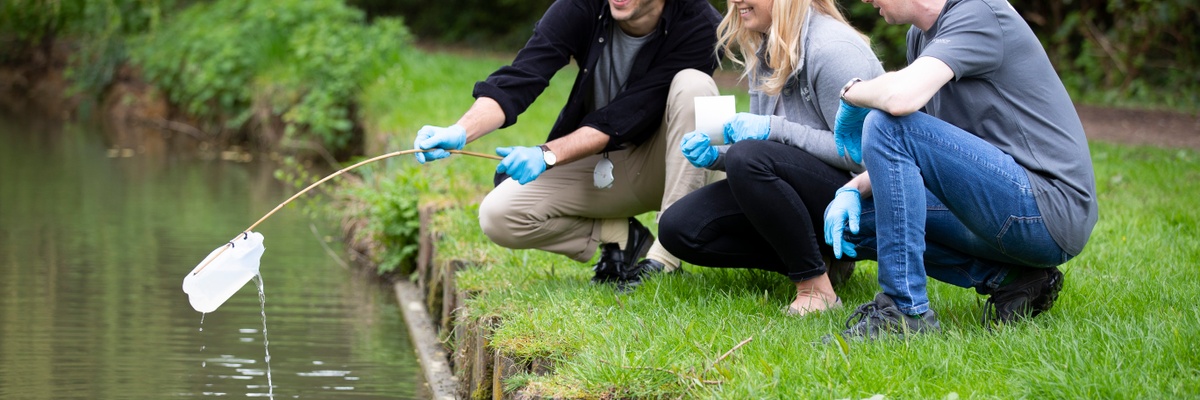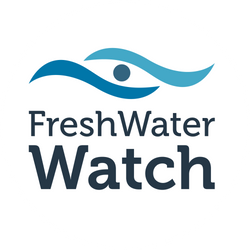-
Para comunidades Iniciar ideias Obtenha recursos financeiros e suporte para iniciar projetos impactantes
-
Para inovadores sociais Escale sua ideia Conecte-se com agentes de mudança da comunidade e forneça recursos para expandir seu impacto
-
Para organizações Inicie um fundo Financie os temas e regiões de seu interesse









 "Welcome! Follow these steps to get your project up and running."
- Caroline Shepherd, Freshwater Programme Manager, Earthwatch
"Welcome! Follow these steps to get your project up and running."
- Caroline Shepherd, Freshwater Programme Manager, Earthwatch
